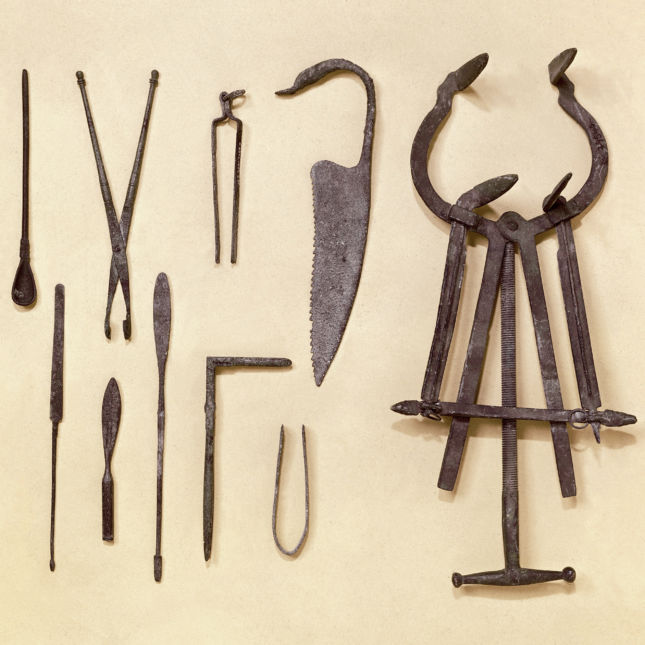
The road to modern medicine has been a long one, and doctors have come up with a variety of tools along the way. But some of the early iterations were, shall we say, a little crude. Here are seven of the more cringe-inducing instruments from medicine’s past.
1. Artificial leeches
When in the 1800s live leeches were unavailable, or perhaps too gross, this metal cylinder with blades performed the same function. Its rotating blades cut into the skin, while the tube suctioned the blood out. A similar tool, called a scarificator, used up to 10 spring-loaded blades. They quickly sliced into the skin, then the device was heated to create the vacuum.
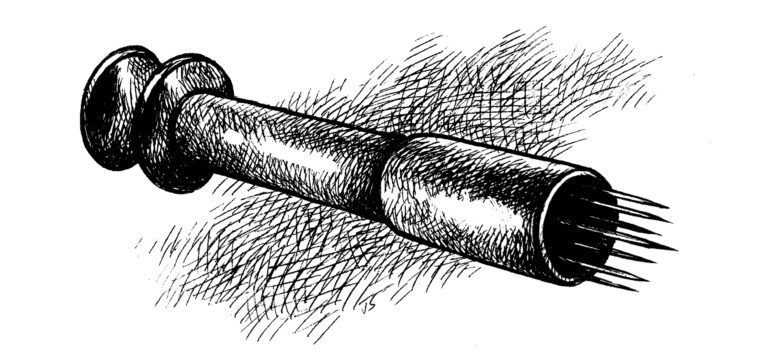
2. Hernia tool
Recognizing that the human body could often patch things up better than they could, doctors in the 1850s had a tool specifically for hernias. Once doctors repaired the tear in the muscle or tissue, they would insert the hernia tool into the area. This thing would be in place for about a week while scar tissue formed on it to help seal your repaired hernia.
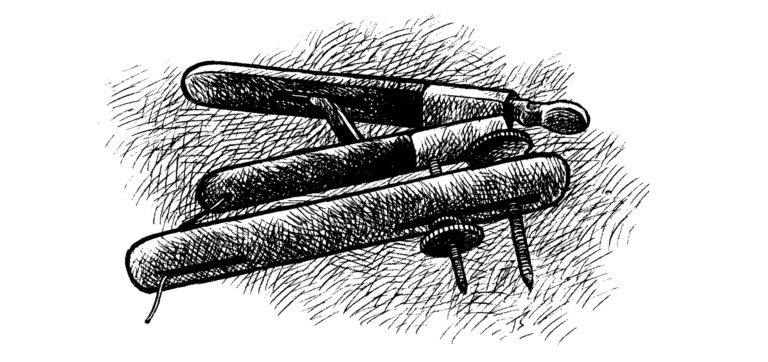
3. Amputation saw
Medicine also has a long history of doctors lopping off problems they didn’t yet know how to fix, such as infections. From the pre-antibiotic bacteria of old to the antibiotic-resistant bacteria of today, infection has always been a major reason for amputations. But doctors often took pride in the instruments used for this grisly purpose. Saws like this one and this one had decorative swirls, grooves and other designs that were, ironically, probably also a place for germs to breed.
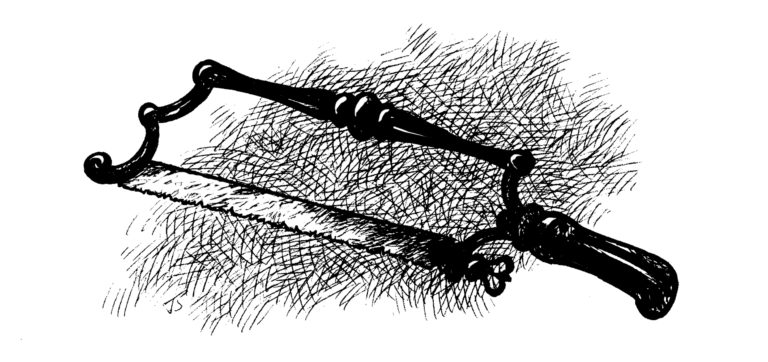
4. Ecraseur
Used in the 19th century, this instrument strangled uterine and ovarian tumors as well as hemorrhoids. Its wire loop or chain was placed around the base of the unwanted growth and gradually tightened. That would eventually either cut through the base of the growth, or cut off its blood supply until it gave up and dropped off. Doing this was painful, particularly with hemorrhoids, but experts of the day argued that the pain was short-lived compared with cutting.
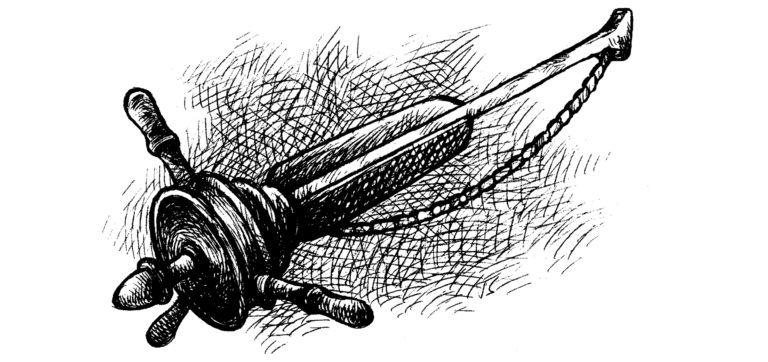
5. Arrow remover
When a patient in the 1500s sported a protruding arrow, the medical professionals didn’t just yank it out. Instead, they held the shaft of arrow in the center barrel of a scissor-like arrow remover. But unlike scissors, the sharp edges of the blades faced away from the center. So, as if having an arrow stuck in you weren’t bad enough, the blades cut the skin so that the arrow’s head could be removed without much further injury.
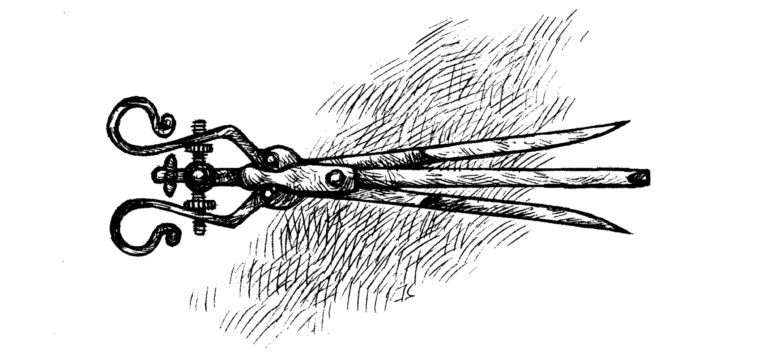
6. Speculum
Long before the speculum was actually called that, there were tools for getting an intimate look at a woman’s reproductive organs. In the 1600s, it was a rather frilly-looking sort of inverted salad tongs. Once the leading end was inserted into the entry of the vagina or other orifice, the user would turn the crank at the other end to widen the opening for a better view.
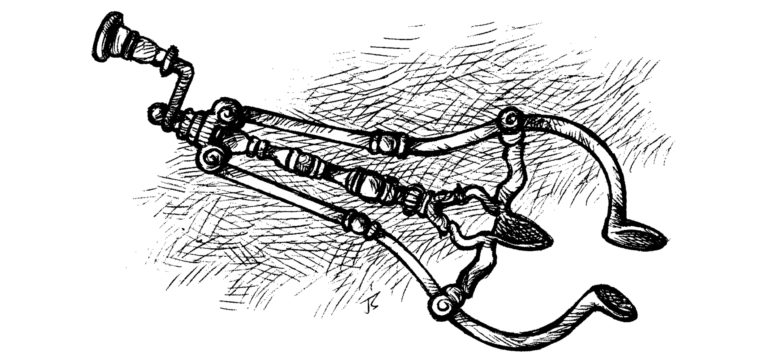
7. Syringe
Sure, syringes are still in use today, but this one was special. With its long, thin tube and pump, it was way bigger than the hypodermics we use today. It was used in the 1500s to inject mercury as a treatment for syphilis, often contracted by amorous sailors on the high seas. With such a huge syringe, the good news is that you didn’t get stabbed with it. The bad news is that it was a urethral syringe, so the injection went directly into the penis through its natural opening. Worse yet, the mercury often killed people long before syphilis complications could.
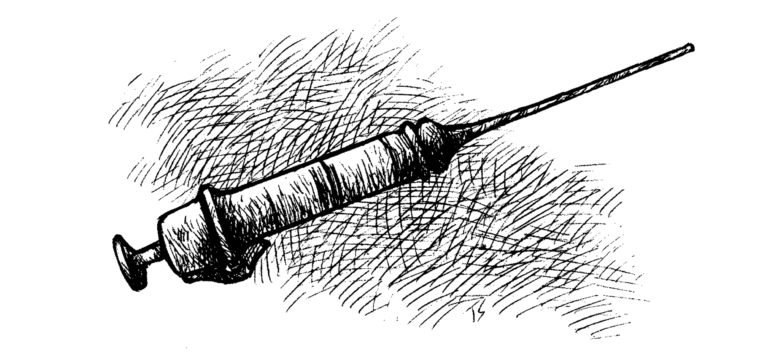
To submit a correction request, please visit our Contact Us page.











STAT encourages you to share your voice. We welcome your commentary, criticism, and expertise on our subscriber-only platform, STAT+ Connect